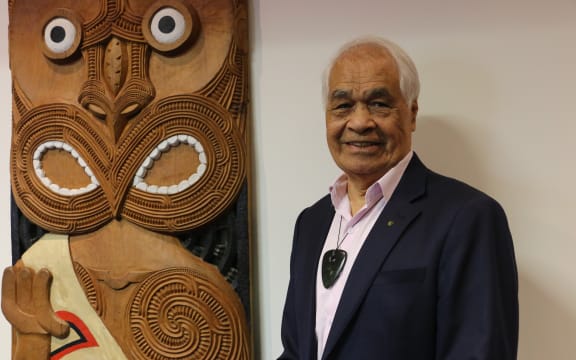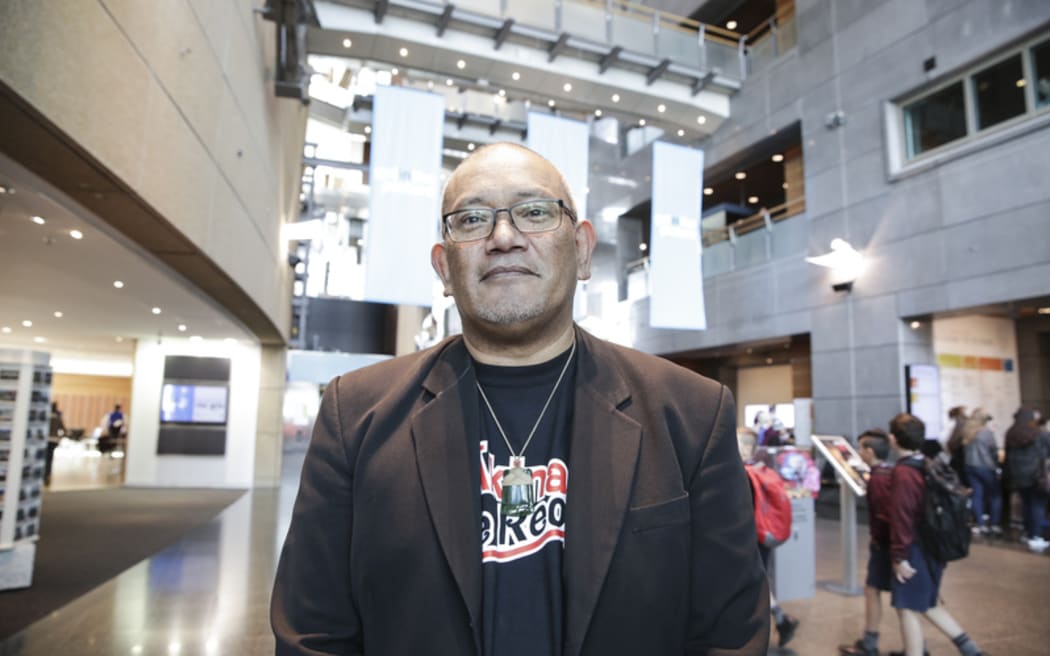By Ashleigh McCaull, RNZ News Te Manu Korihi reporter
On the 35th anniversary of te reo Māori becoming an official language, the Māori Language Commission is warning more work is needed to ensure its survival.
In 1987, a bill introduced by Koro Wetere was passed after years of campaigning — including the Māori language petition, the land marches and Ngā Tamatoa movements.
Until the late 1960s, the language was officially discouraged and tamariki faced corporal punishment for speaking their native tongue.
Broadcaster and educator Dr Haare Williams — on an RNZ panel about the language bill broadcast in 1986 — said it was crucial for the country that it survive.

“We should never underestimate the emotive power of the Māori language. The danger of loss is irretrievable and like the plague the danger is contagious,” Williams said.
“Should we lose the Māori language in this country, both Māori and Pākehā will be the losers and both will be guilty of allowing it to die.”
Thirty-five years later, Te Taura Whiri i te reo Māori chief executive Ngahiwi Apanui is celebrating where te reo is at but also taking stock.
Demand for courses high
While demand for courses is through the roof and about 30 percent of people today consider themselves proficient in te reo Māori, it would still be classified as endangered.

Apanui said the goal of one million reo speakers by 2040 was still a long way off.
“Only 3000 teachers today to satisfy demand for kids going into Māori medium and for English medium, they need 30,000 teachers. So that kind of gives you an idea of the problem or the issue that we face,” Apanui said.
“The good thing is there’s unprecedented demand for te reo but the issue is what is the production line.”
That was evident in the disparities faced by the very language nests that are meant to help the reo flourish.
Kohanga and Kura Kaupapa were set up in the same wave in which Parliament acknowledged te reo Māori. But since their inception they have had to fight for funding, resources and acknowledgment.
Te Rūnanganui of Ngā Kura Kaupapa chair Rawiri Wright said if they were better resourced, successive governments would be closer to their own reo goals.
“There were more than 800 kōhanga reo, there are now 480 there or thereabouts and if Kura Kaupapa Māori had been properly and equitably resourced … we currently have 6500 students in kaupapa Māori but there should be closer to 10,000.”
inequities over the language
Wright said teaching the language runs deeper than just understanding what was being spoken.
“It’s not just about reo Māori, it’s about mātauranga Māori, tikangi Māori, Māori worldview, Māori face, belief, essence and just being Māori,” he said.
Ngahiwi Apanui said there were still inequities in accessing the language, and mainstream schools were important to addressing that.
“Not all Māori are in Māori medium … and often it’s socioeconomically related, if you look through South Auckland, for instance, you won’t find as many children coming out of families speaking te reo Māori as you would if you looked at the middle working class sector of society in Wellington,” Apanui said.
This article is republished under a community partnership agreement with RNZ.
Article by AsiaPacificReport.nz








